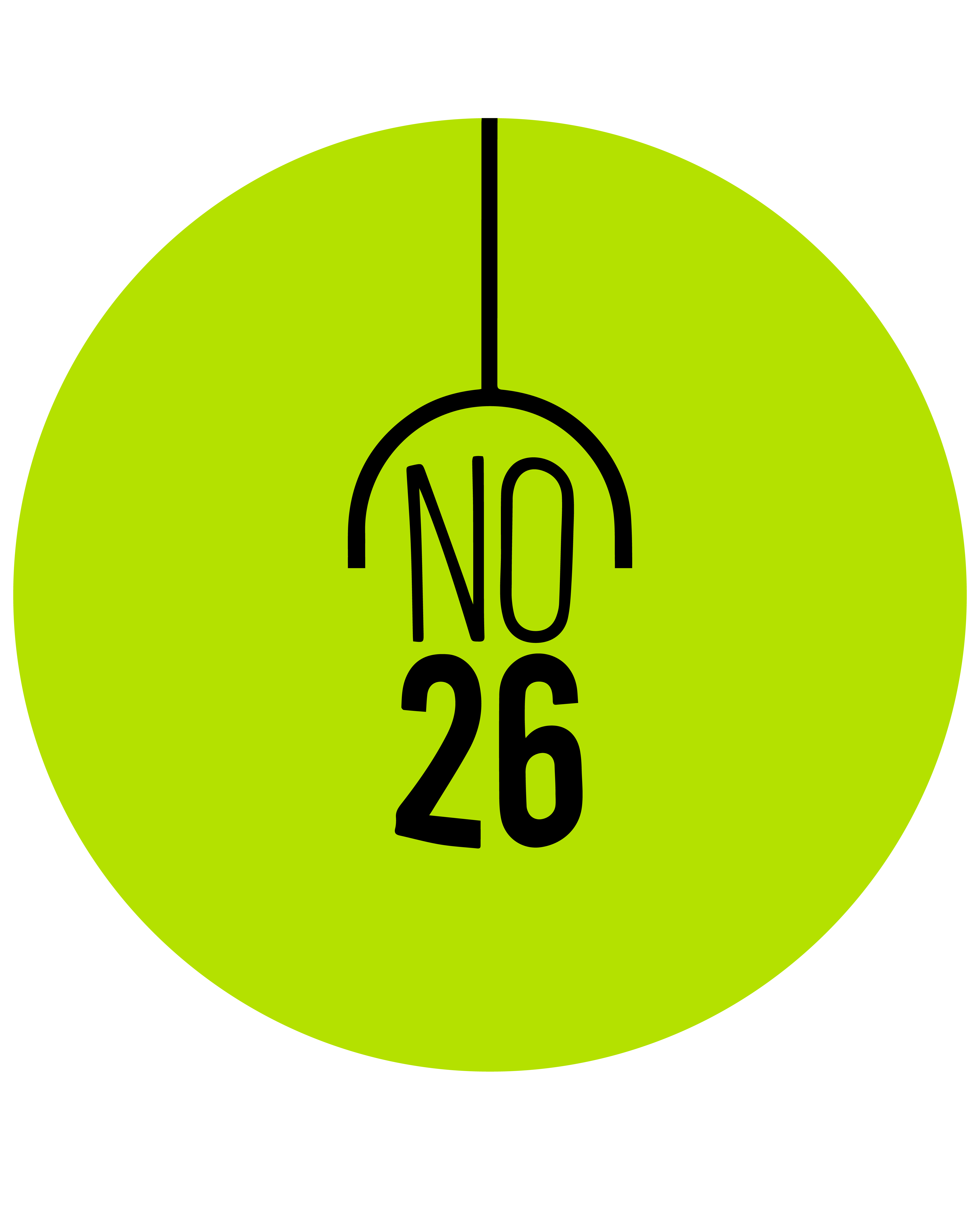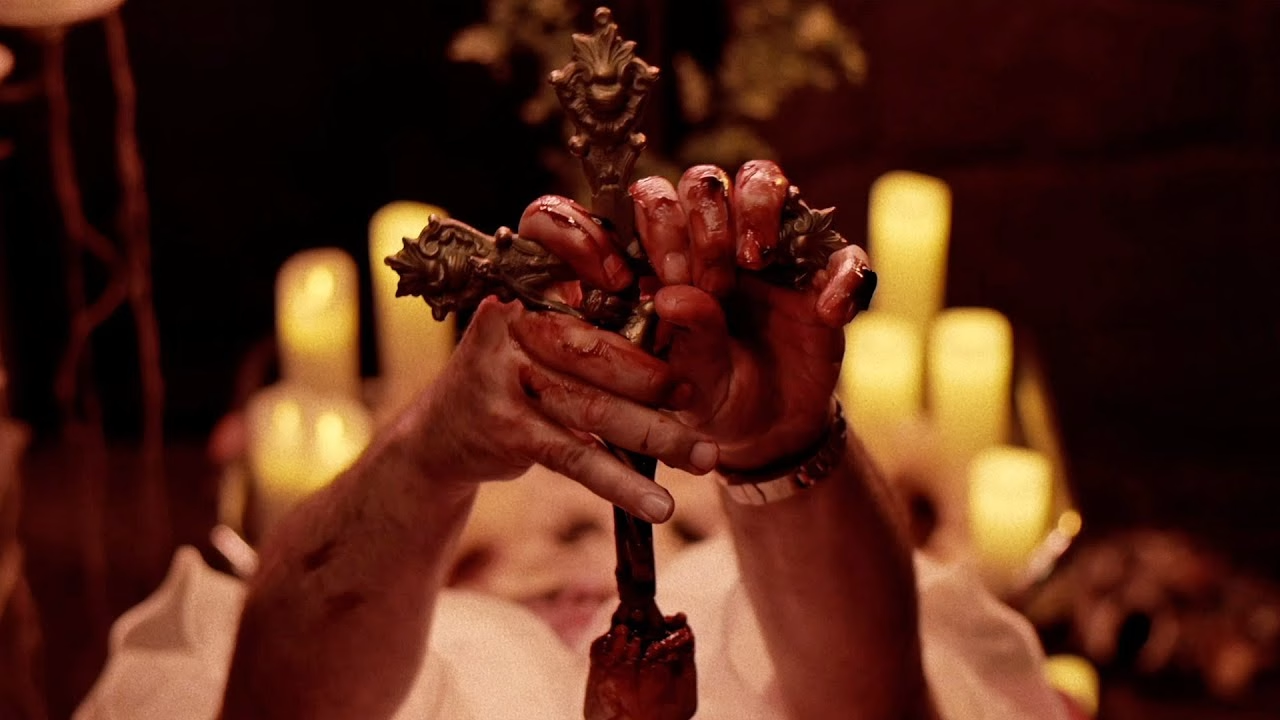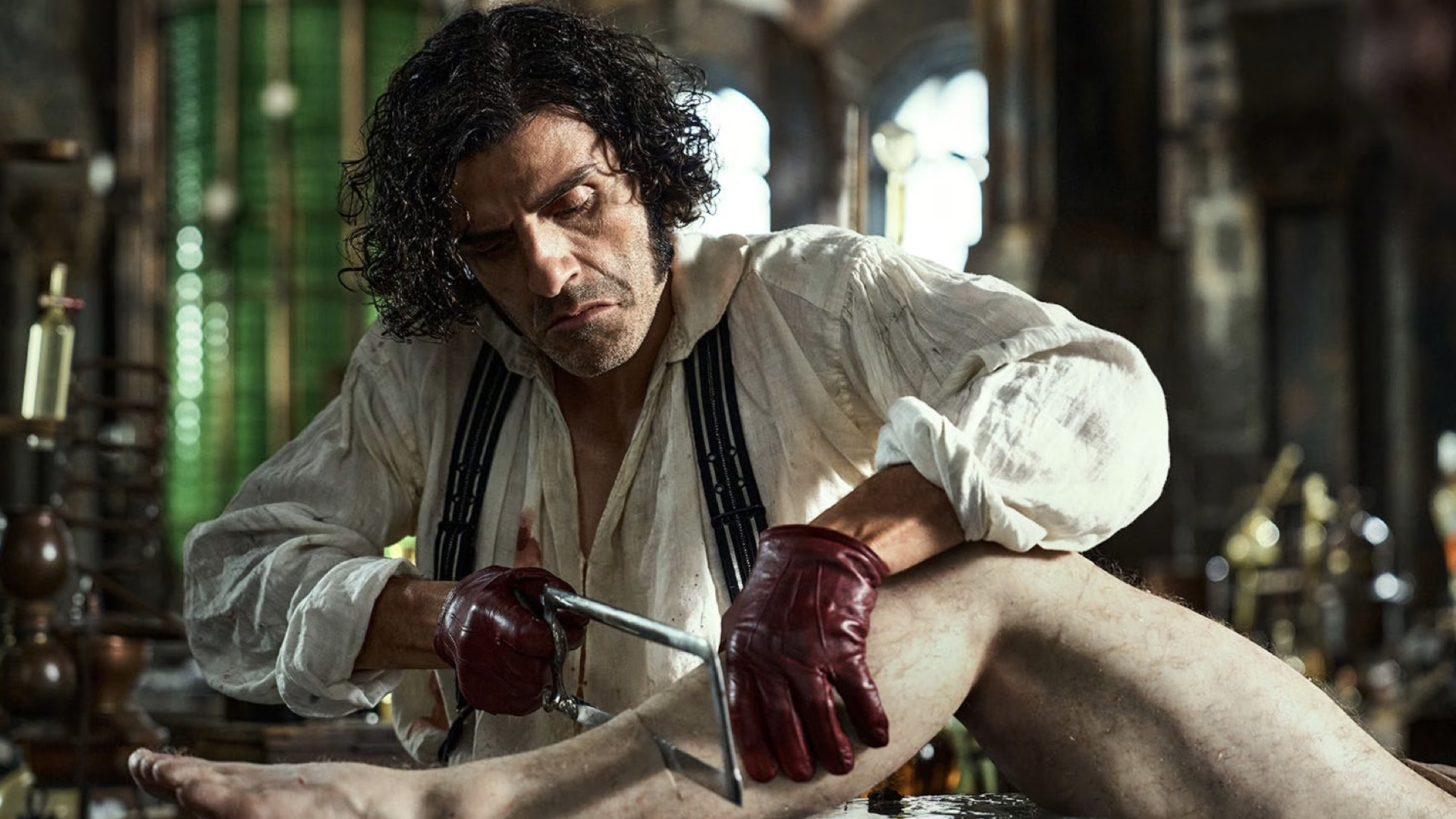Directed by Marcel Walz, Garden of Eden is a disturbing religious allegory that blurs the line between faith, sin, and redemption. The affluent and devout Eden family hosts lavish garden parties, promising the guest who finds a hidden key the fulfillment of their deepest desires. But within this seemingly paradisiacal garden, every wish comes at a bloody cost.
The film combines religious symbolism with violence, unsettling viewers both visually and emotionally. It exposes the decay within a seemingly perfect belief system, revealing how “faith” can transform into punishment.
The Eden family’s facade of impeccable piety gradually gives way to sadism, revenge, and sacrificial rituals. Walz confronts viewers with an unnervingly direct question: “How far can faith justify violence?”
A standout feature is the film’s use of religious iconography, presented in a language that is both sacred and menacing. Light represents holiness, shadow embodies sin, and every frame is meticulously composed like a painting. Yet, the brutality lurking within this beauty elevates the film from a mere horror story into a form of visual poetry.
The performances, particularly by Sarah French and Monique Parent, lend credibility to this grotesque tableau. The suppressed guilt on each character’s face creates the film’s true horror.
New Wave: The Rise of Religious Horror
Garden of Eden is a prime example of the “elevated horror” trend in modern cinema. Following in the footsteps of films like Saint Maud and Immaculate, it sidesteps traditional demonic tales to expose the dark underbelly of belief systems.
Horror no longer lies in monsters but in the contradictions of the sacred. The film constructs a system where worship turns to violence, salvation to torture, and love to control. This is not just a horror atmosphere but an allegory of moral collapse.
Walz’s Vision: Punishing with Faith
Marcel Walz uses religious symbols not as mere decor but as characters in their own right. Crosses, masks, and plays of light serve as both refuge and weapon. His goal is not to convince the audience but to make them feel complicit.
The film’s most striking feature is its cold-blooded depiction of violence. This balance between gore and beauty makes it both captivating and unsettling. Walz exposes the hypocrisy within religious faith, reminding us how easily the “sacred” can become a weapon.
Visual Style: Terror Within Luxury
The film adopts the aesthetic of a religious ritual, with scenes as elegant as a fashion shoot. The contrast between the sanctity of light and the menace of darkness transforms it into a watchable nightmare. The paradisiacal garden gradually morphs into a hellish stage.
Critical Reception and Award Hopes
Garden of Eden has sparked divisive reactions since its early screenings.
Bloody Disgusting praised its “visual courage” while finding its pacing slow;
Variety called it “grotesque yet bold”;
Horror Obsessive hailed Sarah French’s performance as a “career-defining moment.”
The film is poised to make waves in festival season, particularly in categories like Best Cinematography and Makeup Effects.
Apartment No: 26 Note
Garden of Eden (2025) is a film crafted to unsettle. The true source of horror is neither monsters nor darkness—it’s faith itself. Marcel Walz doesn’t seek answers from the audience; he demands confrontation. This film doesn’t comfort—it disturbs. Seeking salvation? In this garden, it comes at the cost of blood. And perhaps the most striking truth of Garden of Eden is this: the line between paradise and hell shifts depending on one’s faith.














